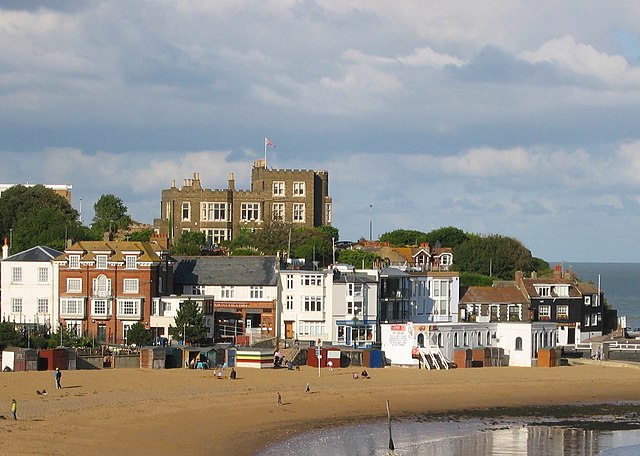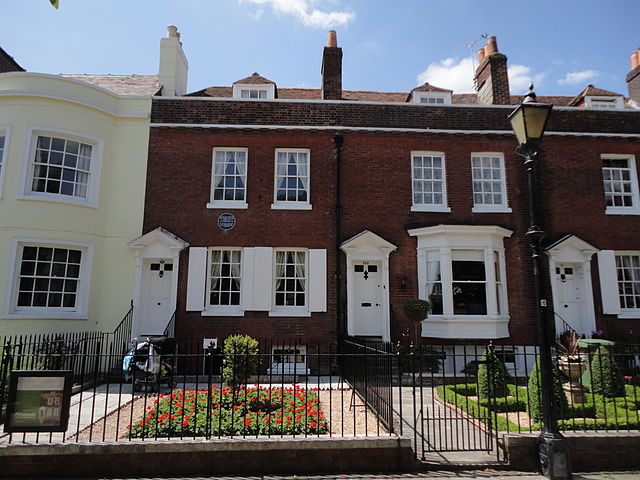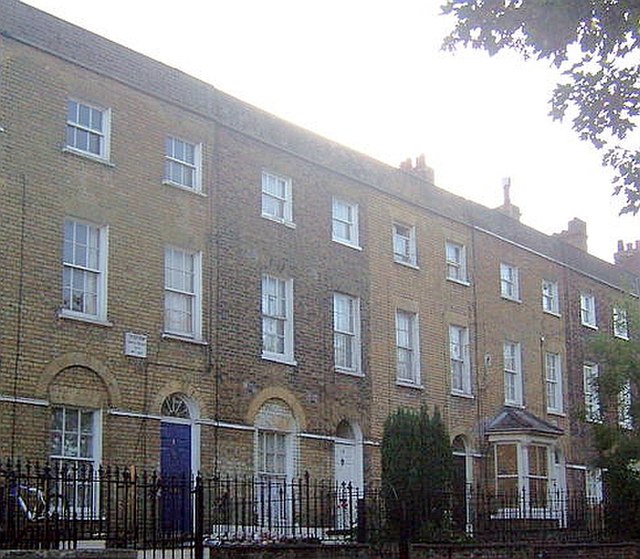Bleak House is a novel by Charles Dickens, first published as a 20-episode serial between 12 March 1852 and 12 September 1853. The novel has many characters and several subplots, and is told partly by the novel's heroine, Esther Summerson, and partly by an omniscient narrator. At the centre of Bleak House is a long-running legal case in the Court of Chancery, Jarndyce and Jarndyce, which comes about because a testator has written several conflicting wills. In a preface to the 1853 first edition, Dickens said there were many actual precedents for his fictional case. One such was probably Thellusson v Woodford, in which a will read in 1797 was contested and not determined until 1859. Though many in the legal profession criticised Dickens's satire as exaggerated, Bleak House helped support a judicial reform movement that culminated in the enactment of legal reform in the 1870s.
Bleak House in Broadstairs, Kent, where Dickens wrote David Copperfield and other novels
Charles John Huffam Dickens was an English novelist and social critic who created some of the world's best-known fictional characters, and is regarded by many as the greatest novelist of the Victorian era. His works enjoyed unprecedented popularity during his lifetime and, by the 20th century, critics and scholars had recognised him as a literary genius. His novels and short stories are widely read today.
Portrait by Jeremiah Gurney, c. 1867–1868
Charles Dickens's birthplace, 393 Commercial Road, Portsmouth
2 Ordnance Terrace, Chatham, Dickens's home 1817 – May 1821
Illustration by Fred Bernard of Dickens at work in a shoe-blacking factory after his father had been sent to the Marshalsea, published in the 1892 edition of Forster's Life of Charles Dickens





